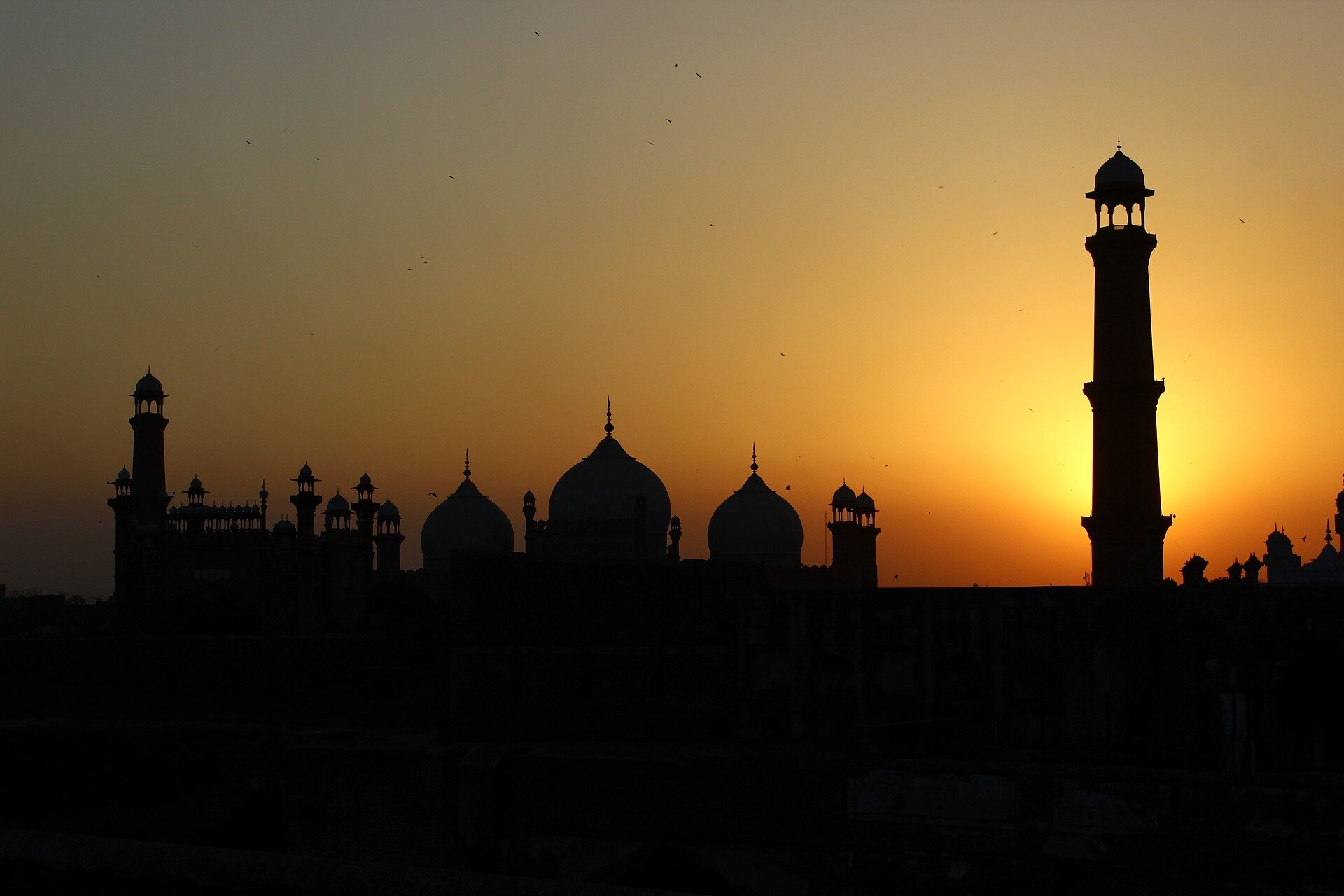Air pollution in Pakistan’s second biggest city Lahore soared on Saturday, around 40 times over the level deemed acceptable by the World Health Organization (WHO), data from IQAir showed.
The level of deadly PM2.5 pollutants—fine particulate matter in the air that causes the most damage to health—peaked at 610, with a reading above 15 in a 24-hour period considered unhealthy by the WHO.
The air quality index, which measures a range of pollutants, also spiked at 1,067.
“We have never reached a level of 1,000,” Jahangir Anwar, a senior environmental protection official in Lahore told AFP.
For days, Lahore has been enveloped by smog, a mix of fog and pollutants caused by low-grade diesel fumes, smoke from seasonal agricultural burning and winter cooling.
On Wednesday, the provincial environmental protection agency announced new restrictions in four “hot spots” in the city.
Tuk-tuks equipped with polluting two-stroke engines are banned, as are restaurants that barbecue without filters.
Government offices and private companies will have half their staff work from home starting Monday.
Construction work has been halted and street and food vendors, who often cook over open fires, must close at 8 pm.
Smog is particularly pronounced in winter, when cold, denser air traps emissions from poor-quality fuels used to power the city’s vehicles and factories at ground level.
© 2024 AFP
Citation:
Air monitor records pollution level in Lahore 40 times above WHO limit (2024, November 2)
retrieved 3 November 2024
from V4W
This document is subject to copyright. Apart from any fair dealing for the purpose of private study or research, no
part may be reproduced without the written permission. The content is provided for information purposes only.
